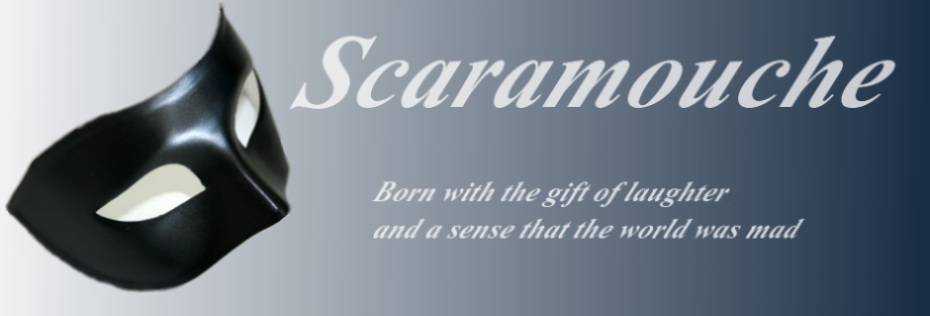Zoned Out
A "human rights" mausoleum flak tries to do damage control in the face of growing controversy over the edifice's contents (and the way two victim groups--Aboriginals and Jews--are being highlighted). From the Montreal Gazette:
At issue is the unveiling of a report by the museum's content advisory committee, calling for the museum to be structured around 12 permanent "zones." Most zones explore broad concepts — mass atrocities, for instance.
But two are earmarked for specific historical experiences: one for indigenous Canadians, another for the Holocaust.
Other major human rights abuses, such as the Soviet-induced famine that wiped out millions of Ukrainians in the early 1930s, will be explored in a broader zone dedicated to mass atrocities.
"We have no objection in the sense of, 'should these stories be included?' Of course, both should be included," said Lubomyr Luciuk, research director for the Ukrainian Canadian Civil Liberties Association.
"But why permanent galleries to two communities' sufferings? It boggles the mind."
In December, as the Ukrainian Canadian Congress and the German Canadian Congress took their concerns public, the UCCLA launched its postcard campaign. Thousands of cards were printed, each addressed to federal Heritage Minister James Moore. Emblazoned on the postcard is a photo of Ukrainian-Canadian men behind wire at a Canadian internment camp during the First World War.
Underneath the photo, a straightforward message: "This time we want in."
Now, the group waits to hear from the powers that be.
"It's up to the government to realize there's a significant push-back here, that these are legitimate concerns," Luciuk said. "They're conceptual, and they're fair. We're saying here are our concerns, how are you going to deal with them?"
But in a museum designed to be fluid, digital and ever-changing, what exactly does a "permanent zone" even mean?
"This issue of permanence is concerning to people," said museum spokeswoman Angela Cassie. "But the museum won't be static. In all the stories we're telling, we will be able to continuously refresh and update."
Most importantly, she stressed, CMHR will be a "museum of ideas," not a museum of events.
For instance, the zone dedicated to the indigenous experience in Canada is "part of a broader context of introduction to human rights," Cassie said, and will form the basis for a zone exploring the wider Canadian experience of human rights, including the internment of Canadians of Ukrainian and other origins during the world wars.
The zone earmarked for the Holocaust, Cassie said, will set the stage for a key zone exploring the revolutionary 1948 Universal Declaration for Human Rights that was drafted in direct response to the Nazi atrocities.
"There are many museums dedicated to particular human rights issues, and their role is very often to memorialize those events," Cassie said.
"That's not our role. We want to respect the victims, but part of the objective of the museum is to pull out the lessons of these human rights violations, and take lessons from human rights triumphs. That's a bit different (than) pure memorialization."...
I dunno. The whole thing sounds like an episode of the Twilight Zone to me. (Cue the eerie music...)

No comments:
Post a Comment